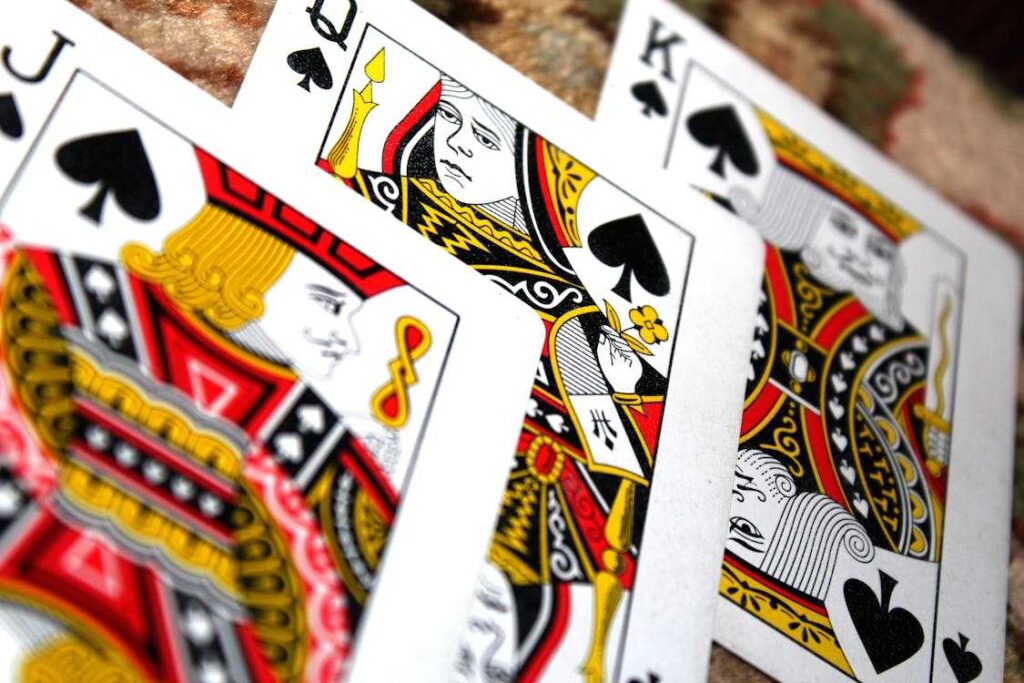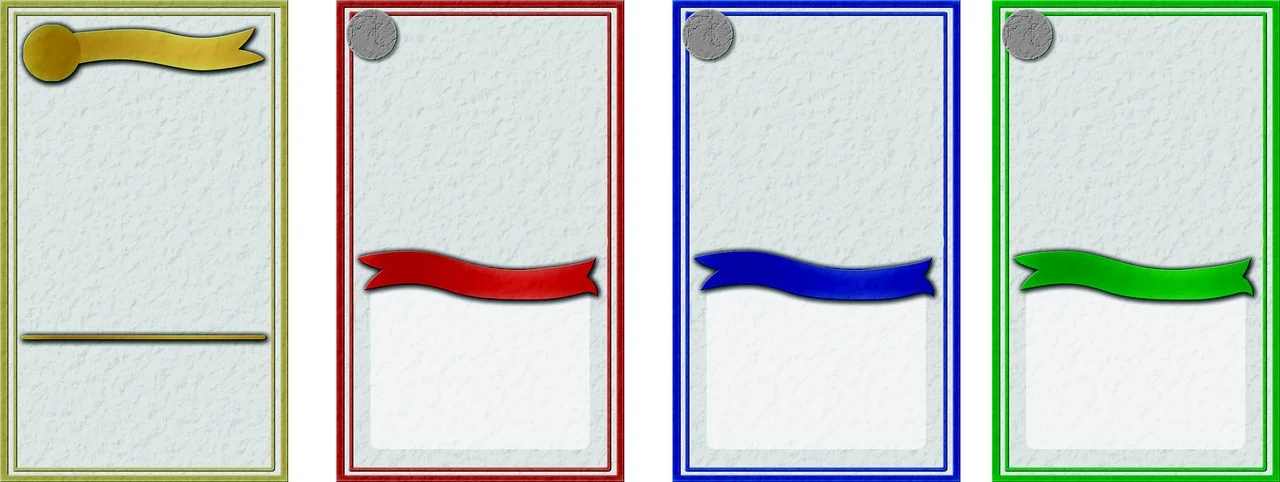Did you know that over 34 billion Pokémon cards have been printed since the game’s inception? The Pokémon Trading Card Game (TCG) has captured the hearts of fans worldwide, offering an exciting mix of strategy, luck, and fun! If you’re curious about how to dive into this vibrant world of Pokémon, you’ve come to the right place. Whether you’re a lifelong fan or just discovering Pokémon, this guide will walk you through the essentials of the Pokémon Card Game, from understanding the basic rules to mastering advanced strategies. By the end, you’ll be ready to challenge your friends and become a skilled trainer!
Understanding the Basics of the Pokémon Card Game
Before diving into the gameplay, let’s explore the core components of the Pokémon Card Game.
Objective of the Game
The main objective is to knock out your opponent’s Pokémon and collect Prize cards. Each player starts with six Prize cards, and the first player to collect all their Prize cards wins the game.
Types of Cards
There are three main types of cards in the Pokémon TCG:
- Pokémon Cards: These are the creatures you will use to battle. Each Pokémon has a certain amount of hit points (HP) and can perform various attacks.
- Trainer Cards: These cards represent various items, supporters, and stadiums that provide various effects to aid your Pokémon or disrupt your opponent.
- Energy Cards: Energy cards are essential for powering your Pokémon’s attacks. There are different types of Energy cards corresponding to different Pokémon types.
Building a Balanced Deck
A standard deck consists of 60 cards, and a balanced deck typically includes a mix of Pokémon, Trainer, and Energy cards. A good starting point is:
- 15-20 Pokémon cards
- 25-30 Trainer cards
- 10-15 Energy cards
This mix can vary based on your strategy and preferred play style.
Setting Up Your Game
Setting up your game correctly is crucial for a smooth gameplay experience. Here’s how to do it:
Preparing Your Playing Area
Find a flat surface where both players can comfortably lay out their cards. Each player should have a designated area for their deck, discard pile, and Prize cards.
Shuffling and Drawing Cards
- Each player shuffles their deck thoroughly.
- Players draw seven cards from their decks to form their starting hand.
- If a player has no basic Pokémon in their hand, they must reshuffle and draw a new hand of seven cards.
Explaining the Turn Order
Gameplay is turn-based, and each turn consists of several phases:
- Draw Phase: Draw one card from your deck.
- Bench Pokémon: You can place basic Pokémon from your hand onto your bench (up to five Pokémon).
- Action Phase: You can perform several actions:
- Attach an Energy card to a Pokémon.
- Evolve a Pokémon.
- Play Trainer cards.
- Retreat an active Pokémon.
- Use abilities.
- Attack Phase: Use your active Pokémon to attack the opponent’s active Pokémon.
- End Phase: Your turn ends, and the opponent’s turn begins.

Key Rules to Know
Understanding the basic rules is essential for cards gameplay.
Basic Gameplay Mechanics
- Attacking: To attack, declare the attack and apply its effects, including damage.
- Retreating: You can retreat your active Pokémon for another on your bench by paying the retreat cost in Energy cards.
- Abilities: Some Pokémon have special abilities that can be used during your turn.
Special Conditions
Certain conditions can affect gameplay, such as:
- Poisoned: The Pokémon takes damage at the end of each turn.
- Asleep: The Pokémon cannot attack or retreat unless it’s flipped heads on a coin toss.
- Confused: The Pokémon can attack but must flip a coin to determine if it can successfully attack.
Understanding Prize Cards
Each player starts with six Prize cards. When you knock out an opponent’s Pokémon, you collect one of their Prize cards. The game ends when a player collects all their Prize cards.
Building Your Deck
Creating a well-structured deck is essential for success. Here are some tips:
Tips for Selecting Pokémon
When choosing Pokémon for your deck, consider:
- Type Compatibility: Match your Pokémon types to maximize damage against your opponent.
- Evolution: Include basic Pokémon that can evolve into more powerful forms.
- HP and Attacks: Look for Pokémon with higher HP and strong attacks.
Importance of Trainer and Energy Cards
Trainer cards are vital for support and strategy. Include a mix of:
- Item cards: Provide immediate benefits, such as healing or card draw.
- Supporter cards: Offer powerful effects but can only be played once per turn.
- Stadium cards: Provide ongoing effects that impact the game.
Energy cards are essential for powering attacks. Ensure you have enough of the right Energy types to support your Pokémon.
Suggestions for Creating a Beginner-Friendly Deck
Here’s a simple structure for a beginner-friendly deck:
- Pokémon: 15-20 (Include a mix of basic and evolved forms)
- Trainer Cards: 25 (Focus on healing items and draw support)
- Energy Cards: 10-15 (Include various types based on your Pokémon)
Strategies for Beginners
As a beginner, focusing on fundamental strategies will set you up for success.
Basic Strategies
- Consistency: Aim for a balanced deck that allows you to draw the cards you need.
- Synergy: Ensure your Pokémon and Trainer cards work well together.
Tips for Managing Your Hand
Keep track of your hand size and resources. Use cards that allow you to draw more and maintain your options.
Knowing Your Opponent’s Deck
Understanding the strengths and weaknesses of different Pokémon types can give you an edge in battle. Pay attention to what your opponent plays and adjust your strategy accordingly.
Common Mistakes to Avoid
Avoiding common pitfalls can greatly improve your gameplay.
Overlooking Card Synergy
Ensure your cards complement each other. A Pokémon that benefits from specific Trainer cards can significantly enhance your deck’s performance.
Ignoring Energy Distribution
Be mindful of how many Energy cards you attach to your Pokémon. Having too many on one Pokémon can leave others vulnerable.
Rushing Your Moves
Take your time to think through your actions. A well-thought-out strategy often outperforms a hasty attack.
Resources for Learning More
The Pokémon community is vast, and numerous resources can help you improve.
Recommended Books and Websites
- Official Pokémon Website: Offers rules, updates, and strategies.
- YouTube Channels: Many channels provide tutorials, gameplay tips, and deck reviews.
Finding Local Tournaments
Look for local game shops or community centers that host Pokémon tournaments. Participating in these can greatly enhance your skills.
Online Platforms to Practice
Consider using online platforms to play Pokémon TCG against players worldwide. This can help you practice and learn different strategies.
Conclusion
Now that you have a solid understanding of how to play the Pokémon Card Game, it’s time to gather your friends, build your deck, and start battling! Remember, practice makes perfect, and each game is an opportunity to learn and grow. Dive into the world of Pokémon and enjoy every thrilling moment of this strategic card game. Ready to start your journey? Let’s catch ’em all!

